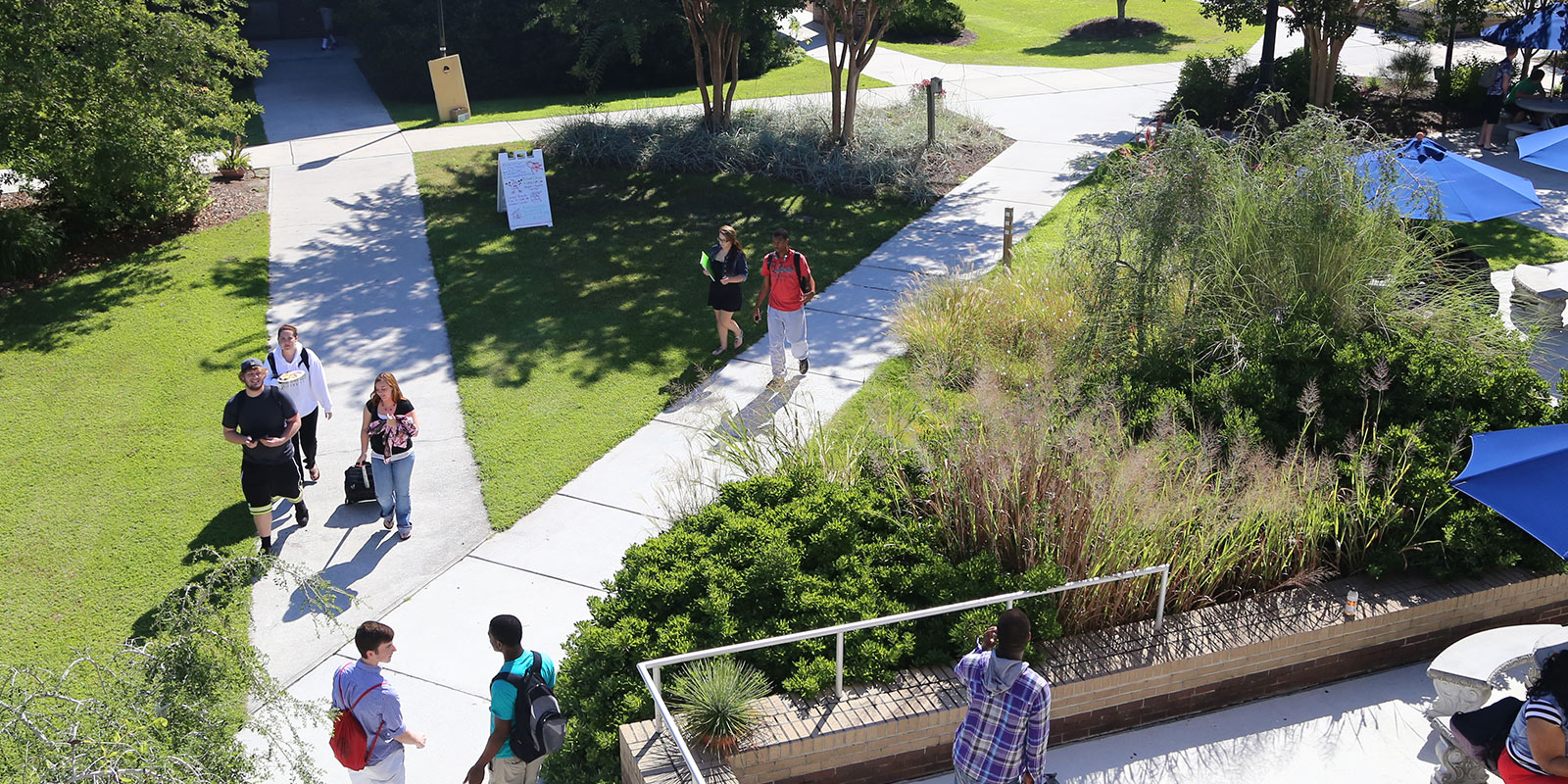Web Technologies
Lecture: 2 Lab: 2 Clinic: 0 Work: 0 Credits: 3
Web Technologies
Lecture: 2 Lab: 2 Clinic: 0 Work: 0 Credits: 3
Web Technologies
Lecture: 2 Lab: 2 Clinic: 0 Work: 0 Credits: 3
Web Technologies
Lecture: 2 Lab: 3 Clinic: 0 Work: 0 Credits: 3
Web Technologies
Lecture: 2 Lab: 2 Clinic: 0 Work: 0 Credits: 3
Web Technologies
Lecture: 2 Lab: 2 Clinic: 0 Work: 0 Credits: 3
Web Technologies
Lecture: 2 Lab: 2 Clinic: 0 Work: 0 Credits: 3
Web Technologies
Lecture: 2 Lab: 2 Clinic: 0 Work: 0 Credits: 3
Web Technologies
Lecture: 2 Lab: 2 Clinic: 0 Work: 0 Credits: 3
Welding
Lecture: 1 Lab: 3 Clinic: 0 Work: 0 Credits: 2


